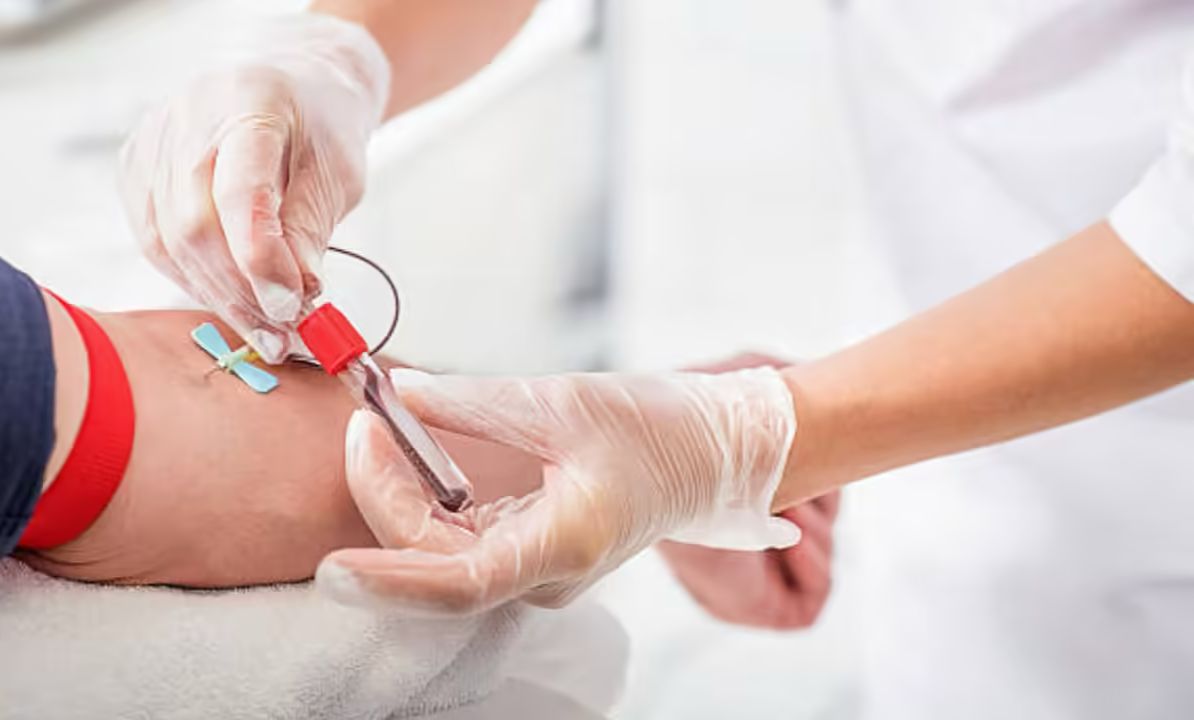 Image Source: Times Of India
Image Source: Times Of India
Despite the life-saving, emergent requirement, only less than 1% of Indians give blood, and the nation therefore experiences a life-threatening, chronic deficiency. India is required to use 14.6 million units of blood every year but always manages to fall short by almost a million units, endangering lives during emergencies, operations, and for the victims of chronic diseases like Thalassemia.
Key Highlights:
• India has a very low rate of blood donation, with only 47.7 lakh registered donors for a population of more than 1.4 billion.
• India requires a blood donation every two seconds, and a single unit can save three lives.
• It is due to lack of public awareness, cultural stigmatization, inadequate infrastructure, and the absence of regular lifetime donors—donors who donate blood every 3–4 months.
• The rural environment also possesses higher barriers, including low blood bank access, stigma, and inadequate knowledge among healthcare providers.
• Initiatives like 'Raktdaan Amrit Mahotsav' and World Blood Donor Day are aimed at boosting voluntary donations, especially among youth, but cultural transformation towards frequent, unpaid donation is slow.
Prospects: Closing India's blood gap will require sustained awareness, upgraded infrastructure, and a culture of frequent, voluntary donation. With every unit potentially saving up to three lives, modest growth in participation could revolutionize healthcare outcomes across the country.
Source: India Today, Indian Express, News18
Advertisement
Advertisement


